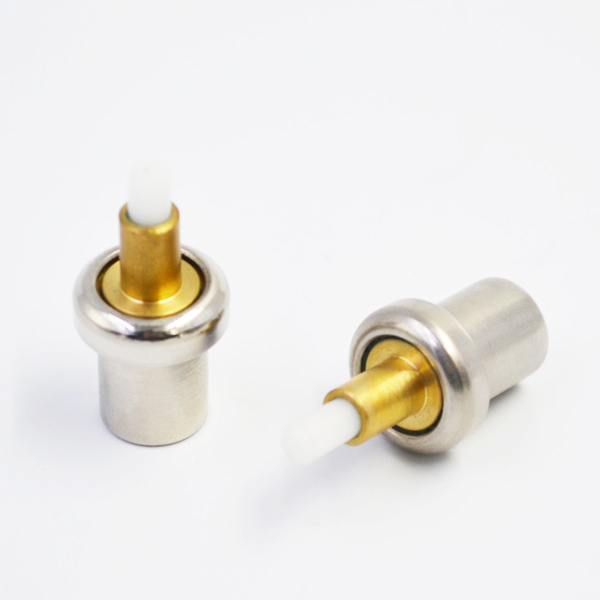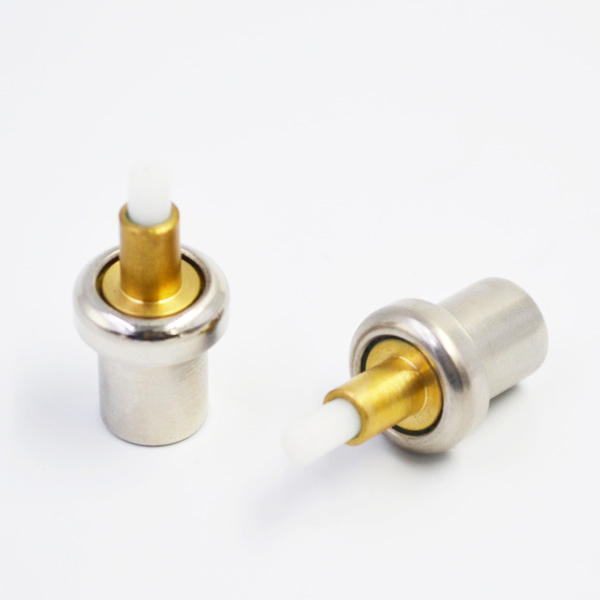Based on the understanding of the current heating situation in rural areas, a controller of biomass fuel heating furnace is designed by using STM32F103C8T6 chip to solve a series of problems in winter heating in rural areas. According to the information of room temperature and water temperature detected by K-type thermocouple, the combustion speed of fuel in heating furnace is controlled by motor, and the indoor temperature is finally constant. Because of the scattered population, lack of unified planning, weak infrastructure and other problems in rural areas, there are many difficulties in centralized heating, so the main heating mode in winter in rural areas of northern China is still the use of coal-fired heating furnace. But there are many problems in using coal-fired heating furnace, such as the need for someone on duty because coal can not be automatically added, and burning coal pollutes the environment, discharging sulfur and nitrate in exhaust gas. So now the biomass fuel made from waste straw is a better choice. At present, the control system of domestic biomass fuel heating furnace is mainly composed of temperature control meter, ordinary relay and time relay.

This control system also has many shortcomings, such as complex circuit structure, very difficult to troubleshoot, and the adjustment of parameters through industrial electrical control, for family use. It affects the overall beauty. In this paper, thermostatic element a controller of biomass fuel heating furnace which can control room temperature and achieve constant temperature without being on duty is presented. STM32F103C8T6 is selected as the main controller. The processor runs at a frequency of up to 40Mhz. It has abundant chip information, low price and complete functions, which fully meets the design requirements. Temperature is the most important factor of the controller. The temperature signal of room temperature and water temperature in heating furnace is converted into thermoelectric potential signal by K-type thermocouple, and then the signal of thermocouple is converted into digital signal by MAX6675. After the digital signal processing, the actual temperature is obtained.
The controller controls the motor by relay according to the actual temperature. Fuel, blast and other operations.

There are feeding motor, blower motor, ash removal motor and smoke exhaust motor. The controller also includes a LCD screen and six keys, which make up a more beautiful interface of human-computer interaction control system. LCD display is used to display the important parameters of the controller such as room temperature and motor speed, and keys are used to adjust the temperature and motor speed needed to be achieved in the room. The overall framework of the controller is shown in Figure 1. Because the controller is used in rural areas, the main power supply must be AC220V. Firstly, it must be converted to DC 12V through general switching power supply and then stabilized to 5V through AMS1117-5V chip. Because the main power supply voltage of STM32 chip is 3.3V, the DC 5V also needs to be converted to 3.3V through AMS1117-3.3V. LCD displays and others use 5V power supply regulated by AMS1117-5V chip.

The regulator circuit of the controller is shown in Fig. 2.

The K-type thermocouple is selected as the sensor to collect temperature information in the controller. Thermocouple is a kind of temperature sensor, which can convert temperature signal into electromotive force signal and then into temperature. The principle of thermocouple temperature measurement is that two kinds of conductors consist of closed loop. When there is a temperature gradient at both ends, there will be current in the loop, and then there will be thermo-electromotive force at both ends. Two kinds of conductors with different components are used as hot electrodes. The higher temperature end is the working end, and the lower temperature end is the free end, also known as the cold end.
Thermocouple has high measuring accuracy, fast thermal response time, wide measuring range, long service life and convenient installation. It is a good choice to select it as temperature sensor. But there are also some shortcomings of thermocouple: the relationship between thermocouple output thermoelectric potential and temperature is non-linear and needs to be linearized; the thermocouple output electromotive force is the difference between cold end and measuring end when the cold end is kept at 0 degrees Celsius, but the temperature of the actual cold end changes with the change of ambient temperature, so it needs to be improved. Cold end compensation; thermocouple can not be directly digitalized output. In order to remedy these shortcomings, MAX6675 chip is selected. MAX6675 chip has signal conditioning amplifier, 12-bit analog/digital thermocouple converter, cold-end compensation sensor and correction, digital controller, a SPI compatible interface and a related logic control. A thermocouple amplifier and digital conversion are integrated with thermocouple amplifier, cold-end compensation, A/D converter and SPI serial port. Device. The peripheral circuit of MAX6675 chip is shown in Figure 3. The method of motor speed control is thyristor zero-crossing detection speed control method. Thyristor has the characteristics of large power, small volume and sensitive control. It can also use small current and small power to control large current and large power.
SCM is used to realize zero-crossing speed regulation of thyristor. Compared with frequency conversion speed regulation, it can not only realize the control of conduction angle of thyristor by software, but also avoid similar phase-shifting speed regulation, pulse width speed regulation and so on. Sinusoidal pulse width speed regulation produces a lot of noise and high-order harmonics in the process of speed regulation. Speed regulation is to adjust the speed of the motor by changing the number of AC sinusoids added to the load in a given time. Because the thyristor triggers the turn-on when the voltage crosses zero, and the waveform of turn-on is complete sine wave or half wave, there are no shortcomings of phase-shifted thyristor voltage regulation, such as high-order harmonics, which improves the safety factor of the circuit.

The digital realization of thyristor zero-crossing speed control needs to solve two main problems: realizing positive and negative zero-crossing detection of voltage, and generating a pulse signal when zero-crossing; zero-crossing pulse signal needs to be controlled by single chip computer. Italian Semiconductor Corporation has developed a library function based on STM32 controller, which encapsulates the underlying functions of registers in the controller, makes it easier for developers to design programs, and speeds up the work process of developers. This controller uses IAR development environment and makes full use of Library functions, which simplifies the program, such as I/O port initialization, system clock initialization, key scan, etc. The controller is designed based on STM32F103C8T6 microcontroller, which realizes the automatic control of household biomass fuel heating furnace, improves the intellectualization of household heating, and has low cost. It solves many problems of current rural winter heating.
It is very suitable for rural households in winter and has broad prospects for development.
